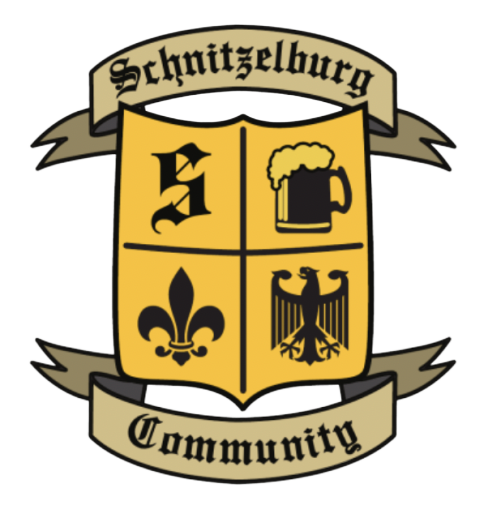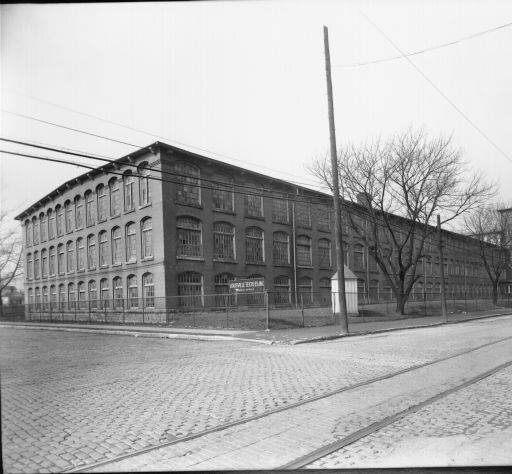
About Schnitzelburg
Schnitzelburg is a triangular neighborhood in Louisville, Kentucky comprised of over 2,200 households and 4,500 individuals. The boundaries of the neighborhood are Goss Avenue, Clarks Lane, and South Shelby Street.
Adjacent neighborhoods include Germantown, Shelby Park, Meriwether-Fort Hill, Parkway Village, and St. Joseph’s.
The land for Schnitzelburg originally belonged to Colonel Arthur Campbell who was awarded a land grant for his service to Virginia in the Indian Wars. By the 1850’s, the land was sold and divided into parcels that were quickly purchased by German immigrants. The small lots were affordable, yet there was ample room for gardens and dairy farms. Industrialization in the area led to growth, but it wasn’t until the re-engineering of Beargrass Creek at the turn of the century that allowed the population to explode.
The Making of Schnitzelburg
1888
Louisville Textile Cotton Mill Opens
The mill was built in 1888 by Richard A Robinson, a drug company sales representative, and his son, William Robinson, the first president of the mill. Architect Charles Julian Clark designed the mill and stands as a significant example of Victorian architecture. The Louisville Cotton Mill produced cotton warp for the manufacture of Kentucky jeans, among other textiles. Today, the building has been converted into apartments called the Germantown Mill Lofts.
1891
Schnitzelburg Trolley Loop Begins
The Schnitzelburg Loop was a one-direction streetcar line that started at the Shelby Street car barn, headed east on Burnett Avenue, north on Texas Avenue, and down Goss Avenue back to Shelby Street. The trolly took the same route that mule drawn cars had made generations ago. Texas Avenue was once the Jefferson County line. This loop solidified the boundaries for Schnitzelburg for the most part, however, the boundaries were eventually extended from Texas to Clarks Lane. The route was closed sometime after World War II and the tracks and cobblestones were torn out or paved over.
1905
St. Elizabeths’s Parish Opens
The church was a strong presence in the community as second and third generation Germans made up the congregation. The church and school has been the host to many community organizations including the Boy Scouts and Girl Scouts of America, the Kids of St. Elizabeth’s Club, chapters of the St. Vincent de Paul and St. Joseph’s Orphan Societies, SACC, and the MUSCL Center.
1912
Hauck’s Handy Store Opens
Elizabeth Sprenger Hauck and her husband, William, began the operation of a dry goods store on Goss Avenue. The stock of dry goods and notions gradually shifted to milk, bread, butter, candy, soda, and beer. Elizabeth’s son, George, would take over the business in 1946 and begin many great Schnitzelburg traditions, including the World Championship Dainty Contest and the #1 Citizen Dinner. The store wold remain in business until 2019. George Hauck died peacefully on September 1, 2020 at the age of 100.
1923
Emerson School Opens
Emerson School started as a two-story frame house and two cottages on Milton Avenue, before the large school was built in 1923. When the school first opened, it was known as the Sylvia Avenue School, then the John Hoertz School, then finally, Emerson School. Emerson School was a name chosen by the students. The school eventually closed and the building demolished. The land is now Emerson Park.
1924
Manual Stadium is Built
Originally property leased to cattle owners for their grazing herds, the “Milkman’s Field” was a 6 acre plot that purchased by the board of education in 1923. Shortly after the purchase, the ground was broken for a football stadium for Louisville’s duPont Manual High School. Once shared by St. Xavier and Manual, the stadium is solely used by Manual High School today.







